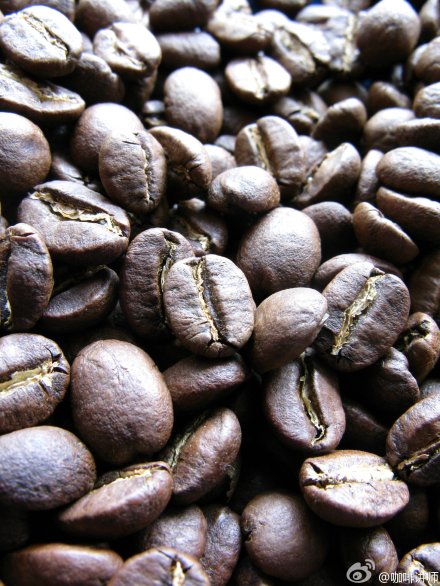The representative proportion of various individual coffee beans

(1) Acid: 30% in Colombia, 30% in Brazil, 20% in Guatemala, 20% in Mocha
(2) bitter: 30% in Colombia, 30% in Brazil, 20% in Kilimanjaro, 20% in Robusta.
(3) thick: Colombia 40%, Guatemala 20%, Mantenin 20%, Brazil 20%
(4) soft: 40% in Colombia, 30% in Brazil, 20% in Mocha, 10% in Robsta
Important Notice :
前街咖啡 FrontStreet Coffee has moved to new addredd:
FrontStreet Coffee Address: 315,Donghua East Road,GuangZhou
Tel:020 38364473
- Prev

The flavor description of each coffee bean
Single coffee is a pure coffee made from a single coffee bean produced in the country of origin and generally drunk without milk or sugar. Strong characteristics, taste special: or fresh soft, or mellow smooth; higher cost, so the price is more expensive. (1)Blue Mountain Coffee: Originated in Jamaica. Pure Jamaica Blue Mountain Coffee perfectly blends the unique sour, bitter, sweet and alcoholic flavors of coffee
- Next

What are the rules of coffee behavior etiquette and drinking coffee?
Going to a coffee shop to taste coffee is one of the daily formulas for the French, so it's not a big deal. The purpose of going to a coffee shop is mostly just to chat, so in cafes that are relaxed but frequented by high-class people, personal demeanor and clothing are very important. It may be important to have some unwritten coffee traditional politeness, such as not holding the cup all the time.
Related
- Beginners will see the "Coffee pull flower" guide!
- What is the difference between ice blog purified milk and ordinary milk coffee?
- Why is the Philippines the largest producer of crops in Liberia?
- For coffee extraction, should the fine powder be retained?
- How does extracted espresso fill pressed powder? How much strength does it take to press the powder?
- How to make jasmine cold extract coffee? Is the jasmine + latte good?
- Will this little toy really make the coffee taste better? How does Lily Drip affect coffee extraction?
- Will the action of slapping the filter cup also affect coffee extraction?
- What's the difference between powder-to-water ratio and powder-to-liquid ratio?
- What is the Ethiopian local species? What does it have to do with Heirloom native species?

